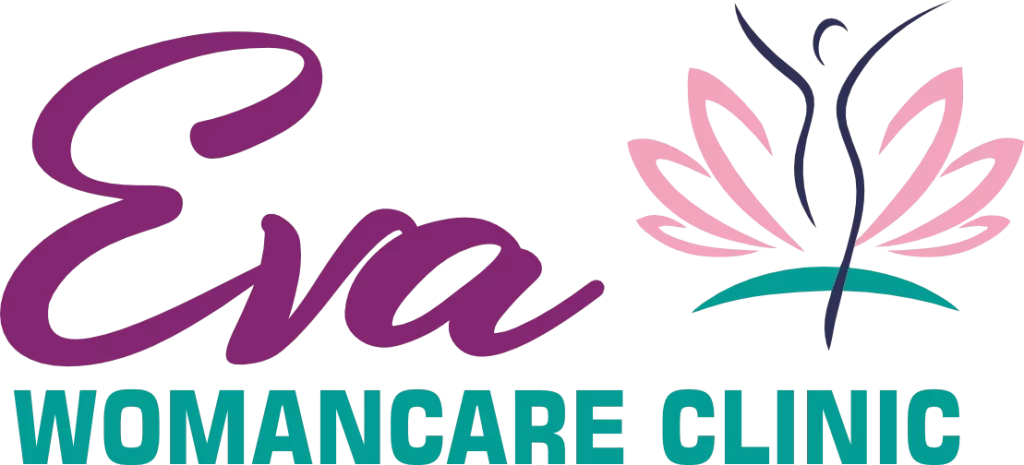When starting fertility treatment, clarity is everything. But clarity rarely arrives easily. For many, IUI and IVF treatment sit at the centre of overwhelming decisions, each carrying its own promise and weight.
IUI works with your body’s timing, adding just enough support to help things along. IVF takes more control, moving key parts of conception into the lab. Neither path is better by default. Each one depends on your diagnosis, history, and how much time matters to you right now.
Before you choose, you need to know what happens step by step. Not the generic outline, but the actual process. The kind that makes you feel prepared, not just hopeful.
IUI and IVF Are Not the Same Journey
They may look similar on the surface. Both involve timing, tests, and hopes. But one works with your body’s rhythm. The other creates a controlled environment around it.
To know which is right for you, you need to see what each one actually involves. Not the medical gloss, but the honest path ahead.
What Happens During IUI Treatment?
IUI is often where fertility care quietly begins. It follows the natural rhythm of your cycle but applies clinical precision at the most critical moment. The aim is clear but delicate. Help the sperm reach the egg with intention, not interference. Nothing is rushed. Nothing is random.
Every step is measured to give nature its best possible chance without stepping over it. It is not about control. It is about timing. It is about working with your body while giving it just enough support to do what it is already trying to do.
Step 1: Tracking Ovulation
Your doctor starts by studying your cycle. You come in for scans and blood tests. Hormone levels are monitored. Follicles are measured. Some cycles include medication to help your body release an egg with more predictability. Everything builds toward one point: knowing exactly when ovulation will occur.
Step 3: Insemination
A soft catheter delivers the sample into your uterus. The procedure is quick and painless for most. No sedation is needed. No recovery is required. You walk out the same day, but mentally, the weight begins. You carry quiet hope and calculated restraint.
Step 4: Waiting for Results
The next two weeks are the hardest. You wait. You wonder. Every symptom is a signal, or maybe it is not. Some cycles include hormonal support to prepare the uterine lining. But the outcome rests in silence. A blood test will tell you what words cannot.
Step 2: Preparing the Sperm
On insemination day, your partner provides a semen sample. In the lab, the healthiest, most active sperm are selected. This preparation removes distractions and improves precision. The final sample is a concentrated group of sperm with one task: reach the egg.
What Happens During IVF Treatment?
IVF removes the unknowns. It brings conception into a space where timing is tracked, choices are clear, and each step is backed by science.
Some couples start here. Others arrive after rounds of IUI. Either way, this is a process built for control, clarity, and results.
Step 1: Ovarian Stimulation
You begin daily hormone injections. Not to force, but to invite your body to produce more eggs than usual. The more eggs retrieved, the stronger your chances.
Clinic visits become routine. Bloodwork and scans track progress. Dosages shift based on how your body responds. This is not passive. Every detail is adjusted in real time.
Step 2: Egg Retrieval
Once the follicles reach ideal size, a final injection matures the eggs. Timing matters. Thirty-six hours later, the retrieval happens.
You arrive. Light sedation. A needle enters the ovaries to collect the eggs. The procedure takes fifteen minutes. You rest. You go home. One of the most important steps is now behind you.
Step 3: Fertilisation
In the lab, each egg meets sperm. Sometimes naturally. Sometimes through ICSI, where one sperm is injected into one egg with precision.
Fertilised eggs begin to divide. Some thrive. Others stall. The lab watches, tracking cell growth and selecting the strongest embryos. There is no guesswork here.
Step 4: Embryo Transfer
Three to five days later, one embryo is chosen and placed into your uterus. The procedure is quick. No pain. No anaesthesia. You leave knowing everything possible has been done.
Any extra healthy embryos are frozen. They are your backup plan. Your second chance, already waiting.
Step 5: Hormonal Support and Confirmation
Support begins immediately. Hormones help the embryo implant and stay. You follow your schedule. You wait.
Two weeks later, a blood test confirms the outcome. If positive, support continues to help early pregnancy take hold.
How Do You Decide Between IUI and IVF?
You are not comparing treatments. You are weighing time, biology, risk, and hope. That demands more than a list of options. It demands clarity.
IUI is usually offered when the diagnosis is unclear or the barrier is timing. It follows your natural cycle and is easier to repeat. But it depends on a lot going right on its own.
IVF strips away the waiting. It takes over the process, step by step. It is often the better choice when time is running out, or when there is a known issue like low sperm count, endometriosis, or blocked tubes.
Some couples start with IUI to keep it simple. Others skip it because they cannot afford to lose another month. The smarter decision is not the easier one. It is the one that gives you a real chance.
You Deserve a Clinic That Puts You First
Science matters. But so does the way you are treated during the process. Fertility care should never feel cold or rushed.
At EvaWomanCare, we believe in clarity, compassion, and clinical expertise. You are not a file number. You are someone with real hopes and real questions. You deserve answers. You deserve support.
Whether you are starting with IUI or stepping into IVF, we will guide you every step of the way.
Book your consultation with EvaWomanCare today. Let’s move forward together, with confidence.

